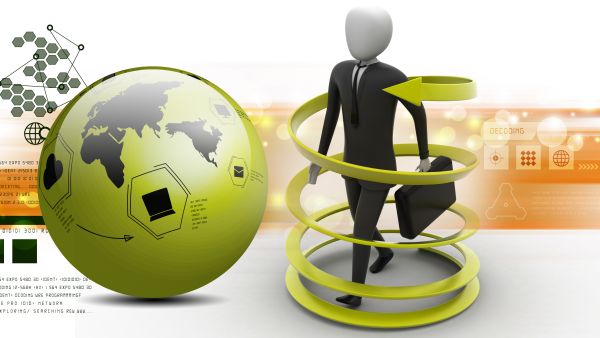The research company Development Dimensions International shows in a survey of 1,500 global business leaders that in the following three areas of business leaders are best prepared: building strategic partnerships (59%), cultivating a customer-centered organizational culture (56%), ensuring implementation of the strategy (51%). On the other hand, the three areas of business for which leaders are the least trained at present are as follows: talent development in the organization (30%), building a culture centered on excellence (29%), transformation of organizational culture (27%) .

Other recent studies by various organizations and consulting companies identify the following trends in leadership:
1. Flexibility– The results of the study by the US Leadership and Management Institute show that one of the leader's main features is flexibility. To succeed, those who lead will have to be agile, open to cultural diversity and technology. This way they can respond to the accelerated pace of change in the business environment. Beyond creating new products and services, a company needs to reinvent itself. The ability of leaders to create the organizational architecture needed to cope with change demands flexibility, agility and innovation. The future is of the leaders who manage the complexity of the business environment, redesign the organization, develop operational agility to implement change and coordinate the implementation of the strategy.
2. Vertical personal development– Its purpose is not to add new skills or knowledge, but to cultivate the mind of the leader. Horizontal development refers to technical skills (using new tools and acquiring skills) while vertical development refers to updating or changing the mental reference framework and leader thinking patterns (through design thinking, meta-cognition, coaching , emotional control, attention orientation, intuition, advanced communication). The two do not replace one another but complement each other. The leader needs the wisdom to choose the right strategies (vertical development) as well as the technical skills and experience to implement them (horizontal development).
3. Managing the executive matrix– According to the Deloitte Human Capital Trends report, the matrices and hierarchies of the 1980s are no longer working. In order to lead competitive companies, leaders need colleagues who not only manage their teams but work and collaborate transversely with other teams. It is the difference between forming a team and working in a team. The skills and wishes of tomorrow's employees to work across multiple departments require a new type of leadership, training, and new expertise that are incompatible with hierarchical models of yesterday.
4. Increasing investment in human capital–According to the Governance Studies Brookings report, starting 2025, the generation Y (made up of those born between 1982-1993) will account for 75% of the total workforce globally. The World Economic Forum shows that for this generation, the main motivation factor is the training/personal development opportunities. From this point of view, the leadership trend is to increase investment in mentoring. With mentoring, companies will also be in a position to talk about people analytics relevant to building healthy work habits and to employees promotion.
5. Focusing on the consumer–Here the focus is on structuring strategies and tactics around the client. This means aligning annual budgets to planning processes. Aligning activities to ROI and business objectives with an impact on consumer experience. Approving budgets and tracking their consumer-centered execution has become decisive for leadership. Consumer retention, loyalty, and recommendation count for leadership, and they depend on the performance of the company. By eliminating departmental functional limits, streamlining communication and taking decisions quickly correlated with consumer feedback, leaders give the consumer centric signal.
As companies face rapid changes, leaders will have to see trends not only in the economy or technology but even in leadership. Today's leaders need to invest their energy and skills to continuously update the company. To do this, they should manage the latest trends in order to fulfill their mission and generate value for stakeholders, from customers and employees to shareholders and the community.





























